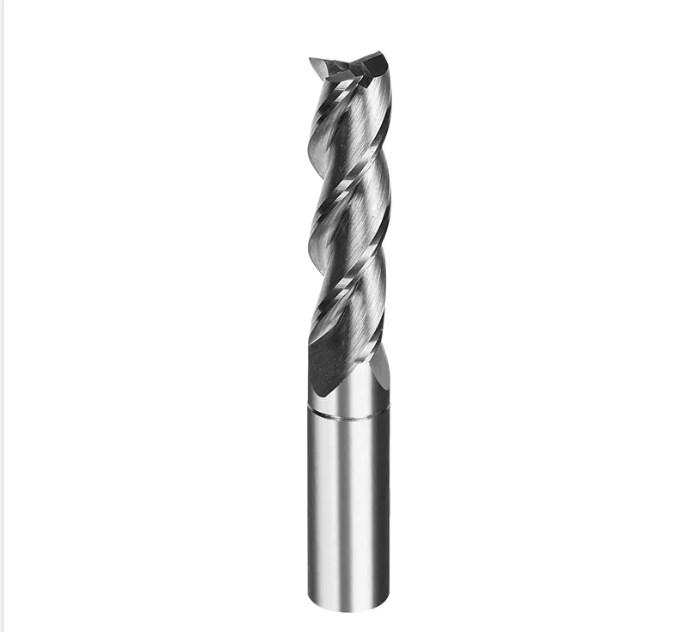Solid Carbide Burs have become increasingly popular in various industrial and dental applications due to their remarkable performance characteristics compared to burs made from other materials, such as high-speed steel or tungsten carbide composites. The key advantages of Solid Carbide Burs stem from their unique material properties, which translate into improved durability, precision, cutting efficiency, and versatility.
One of the most significant advantages of Solid Carbide Burs is their exceptional hardness. Made from tungsten carbide with a binder such as cobalt, these burs possess a much higher hardness rating than conventional steel burs. This allows Solid Carbide Burs to maintain sharp cutting edges for longer periods, reducing the frequency of replacement and downtime during operations. The high hardness also makes them particularly suitable for machining hard materials like hardened steel, titanium, ceramics, and composites, where softer materials would quickly wear out or fail.
In addition to hardness, Solid Carbide Burs exhibit outstanding wear resistance. Due to their composition and microstructure, they are less prone to abrasive wear and maintain their shape and cutting profile even under demanding conditions. This results in consistently accurate cuts and smoother finishes, which are crucial in precision manufacturing and dental procedures. In contrast, burs made from other materials tend to dull faster, leading to reduced cutting efficiency and compromised quality.
Another important advantage is the heat resistance of Solid Carbide Burs. During high-speed cutting or grinding, significant heat is generated at the cutting interface. Solid Carbide Burs can withstand much higher temperatures without losing hardness or undergoing deformation, unlike some steel-based burs, which may soften and degrade quickly. This heat tolerance allows for higher cutting speeds and feed rates, improving productivity while maintaining tool life.
Solid Carbide Burs also offer enhanced stiffness and stability due to the rigidity of the material. This rigidity reduces vibration and deflection during operation, resulting in better control, higher precision, and less operator fatigue. It also contributes to reducing chatter marks and improving surface finish on the workpiece, which is especially beneficial in detailed or delicate applications.
Versatility is another benefit, as Solid Carbide Burs come in a wide range of shapes, sizes, and cutting geometries. This diversity makes them suitable for various tasks, including cutting, grinding, deburring, and finishing across many industries, from aerospace and automotive to dentistry and jewelry making. The ability to tailor Solid Carbide Burs to specific applications provides users with optimized performance unmatched by more generic or composite tool materials.
However, it is worth noting that Solid Carbide Burs may come at a higher initial cost compared to other types, but their longer lifespan, reduced need for replacement, and improved efficiency often justify this investment. Additionally, proper handling and storage are necessary as the brittle nature of carbide can make these burs susceptible to chipping if dropped or mishandled.
In summary, Solid Carbide Burs provide clear advantages over burs made from other materials due to their superior hardness, wear resistance, heat tolerance, rigidity, and versatility. These qualities lead to enhanced cutting performance, longer tool life, and higher precision, making Solid Carbide Burs the preferred choice in demanding applications where quality and efficiency are paramount.
